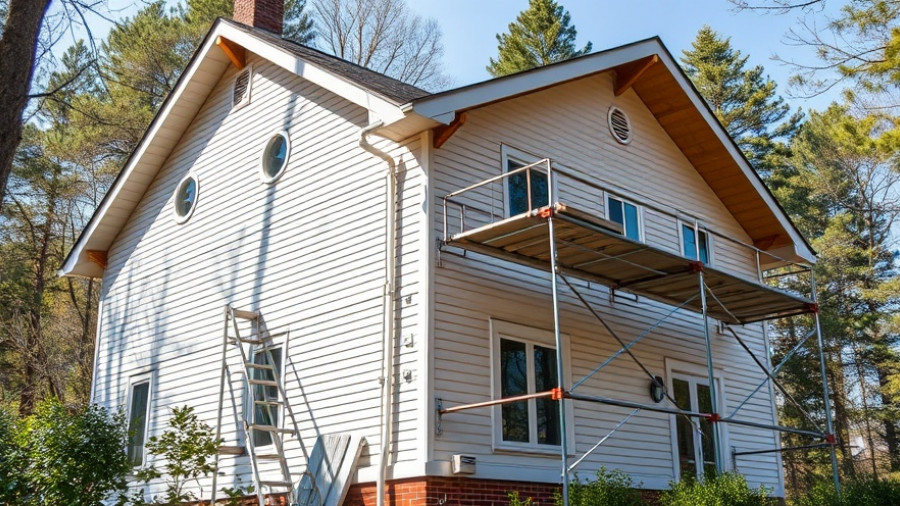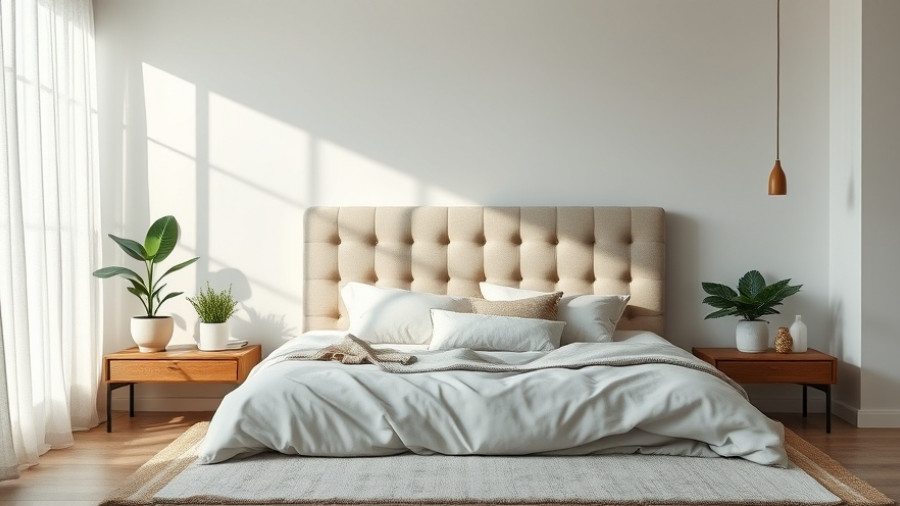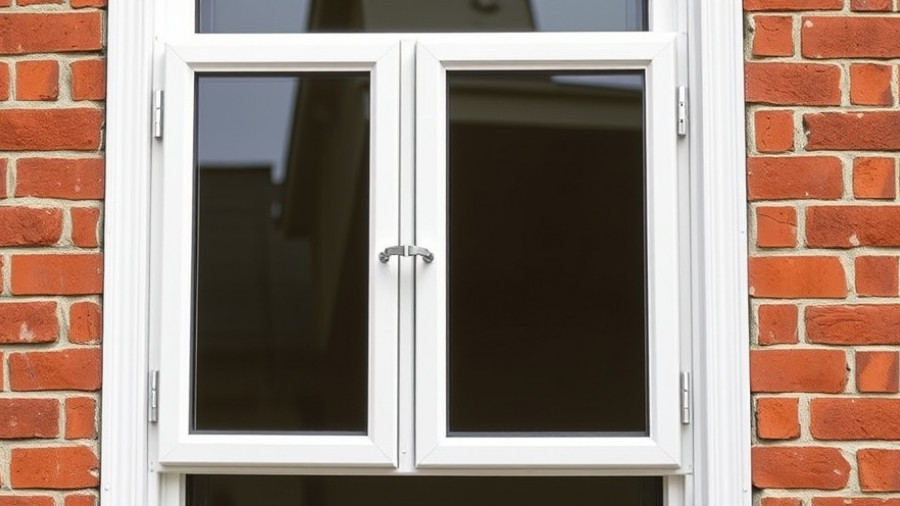
Understanding Indoor Humidity: Why It Matters
Controlling indoor humidity is crucial for creating a comfortable living environment. High humidity levels can lead to a plethora of problems, including mold growth, which can adversely affect your health. Moreover, managing humidity effectively helps preserve your home’s structure—especially wooden elements like hardwood flooring that can swell when exposed to excessive moisture. Understanding the science behind humidity will not only help homeowners safeguard their property but also promote healthier living spaces.
The Science Behind Swelling Hardwood Flooring
Hardwood flooring is a beautiful addition to any home, but it requires careful environmental management. When humidity levels fluctuate, hardwood can absorb moisture from the air, causing it to swell and warp. This issue is exacerbated in regions with significant seasonal humidity changes. To mitigate such problems, homeowners should consider installing a humidistat—a device that maintains humidity levels within an optimal range. Additionally, utilizing vinyl or tile in moisture-prone areas can further protect the integrity of your hardwood floors.
ERV vs. HRV: Making an Informed Choice
Energy Recovery Ventilators (ERVs) and Heat Recovery Ventilators (HRVs) serve distinct purposes when it comes to indoor air quality. While HRVs exchange stale indoor air with fresh outdoor air, ERVs also manage humidity levels. This feature is particularly beneficial in regions where humidity can adversely affect health and structural conditions. When selecting between the two, consider your climate and the specific needs of your home. ERVs provide a solution to both air quality and humidity control, making them a worthwhile investment for many homeowners.
Practical Tips for Humidity Control
To effectively manage indoor humidity, homeowners can adopt several practical strategies. Firstly, investing in a dehumidifier can significantly reduce excess moisture in the air. Moreover, regular maintenance of HVAC systems ensures efficient operation. Implementing house plants also serves a dual purpose: they act as natural humidifiers while adding to the aesthetic of any room. By adopting these tips, homeowners not only enhance the comfort of their home but also promote a healthier living environment.
The Emotional Impacts: A Home Worth Loving
Creating a healthy home environment goes beyond mere aesthetics—it's about fostering spaces where families can thrive. A home free from humidity-induced issues can lead to improved mental well-being, as a clean, comfortable environment contributes positively to mood and lifestyle. Engaging with your living space in a mindful, proactive way can also stimulate family connections, igniting deeper conversations about care and maintenance.
The Future of Indoor Humidity Management
As advancements in technology continue to emerge, the future of humidity control could become even easier. New innovations in smart home technologies aim to offer homeowners real-time data on humidity levels. Such advancements will empower users to take timely actions, reducing the possibility of structural and health issues down the line. With tools and education at our disposal, every homeowner can take proactive steps towards a healthier living environment.
By understanding the importance of indoor humidity control, homeowners can protect their investments, promote health, and enhance the comfort of their living spaces. With every proactive step taken, the goal is not only to ensure a structurally sound home, but to create a sanctuary where everyone can enjoy life to the fullest.
 Add Row
Add Row  Add
Add 




Write A Comment